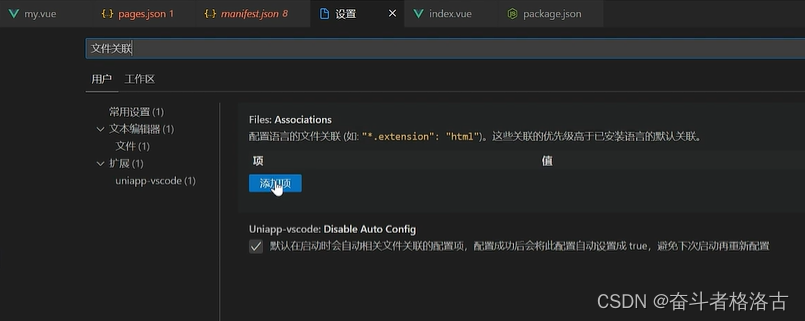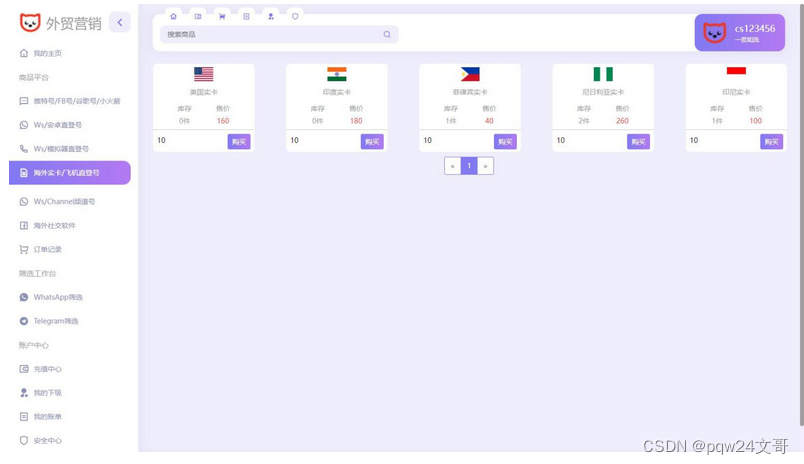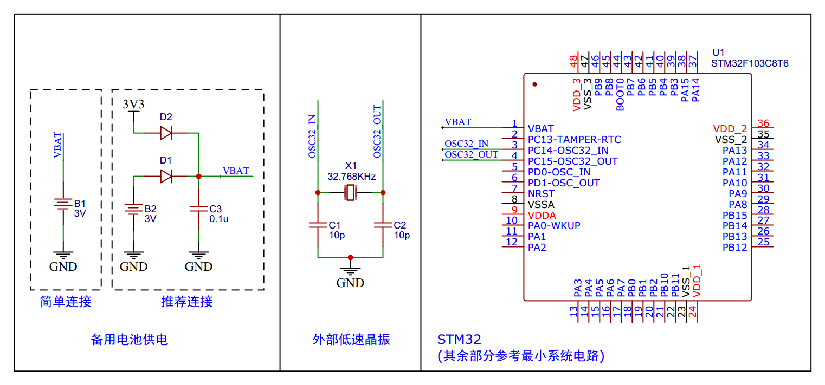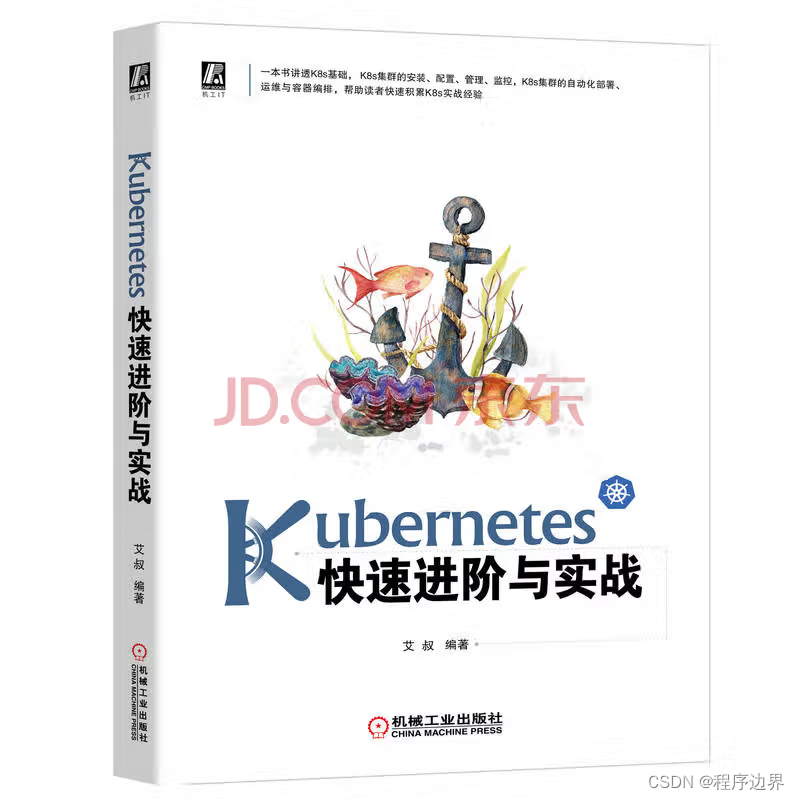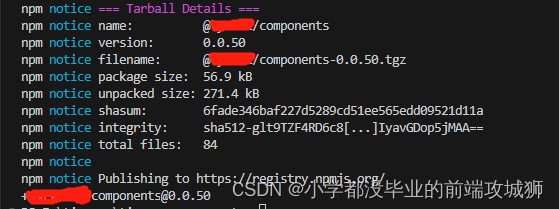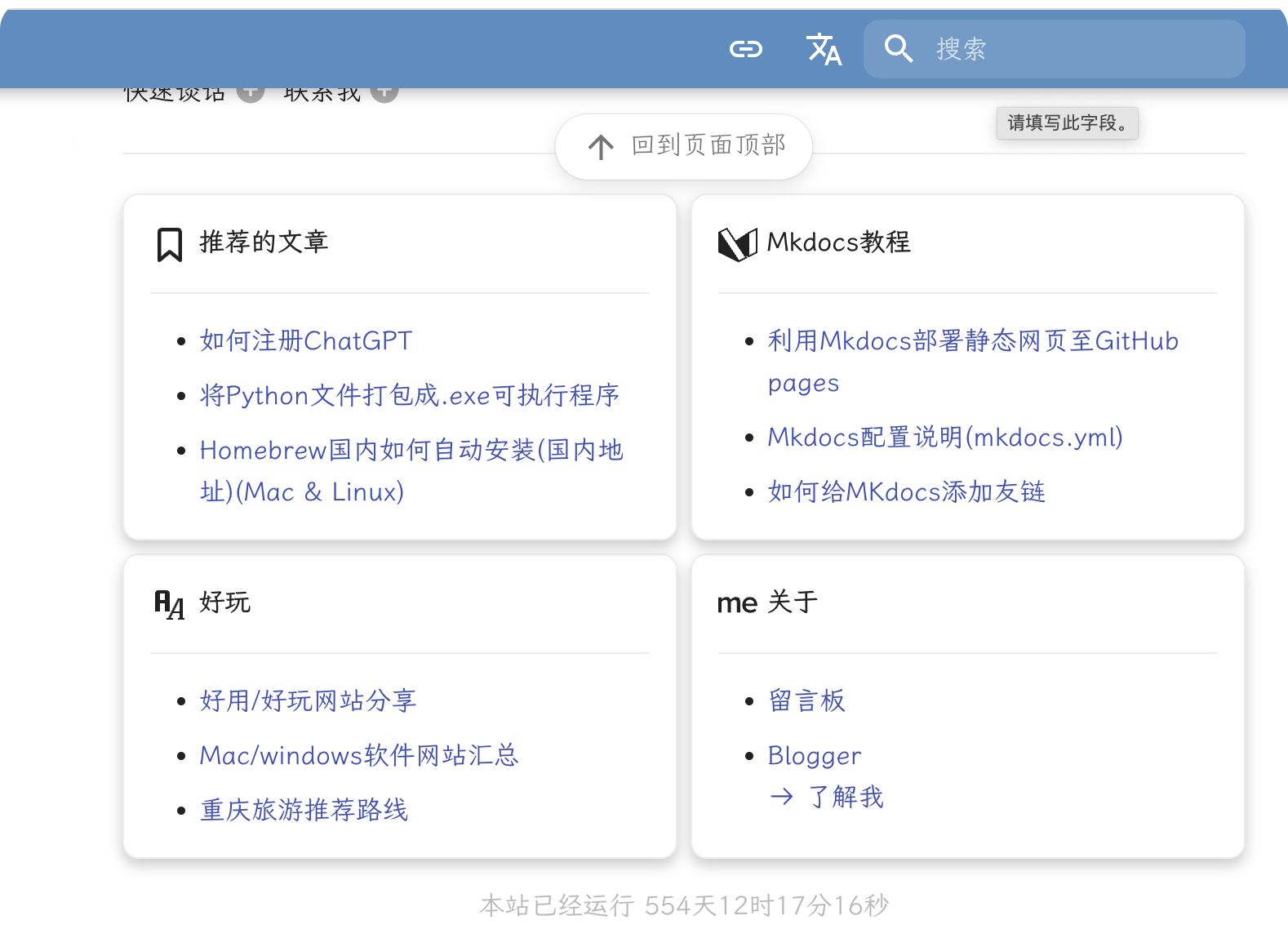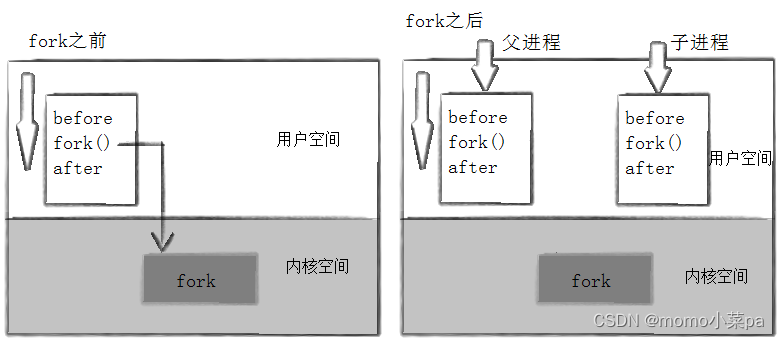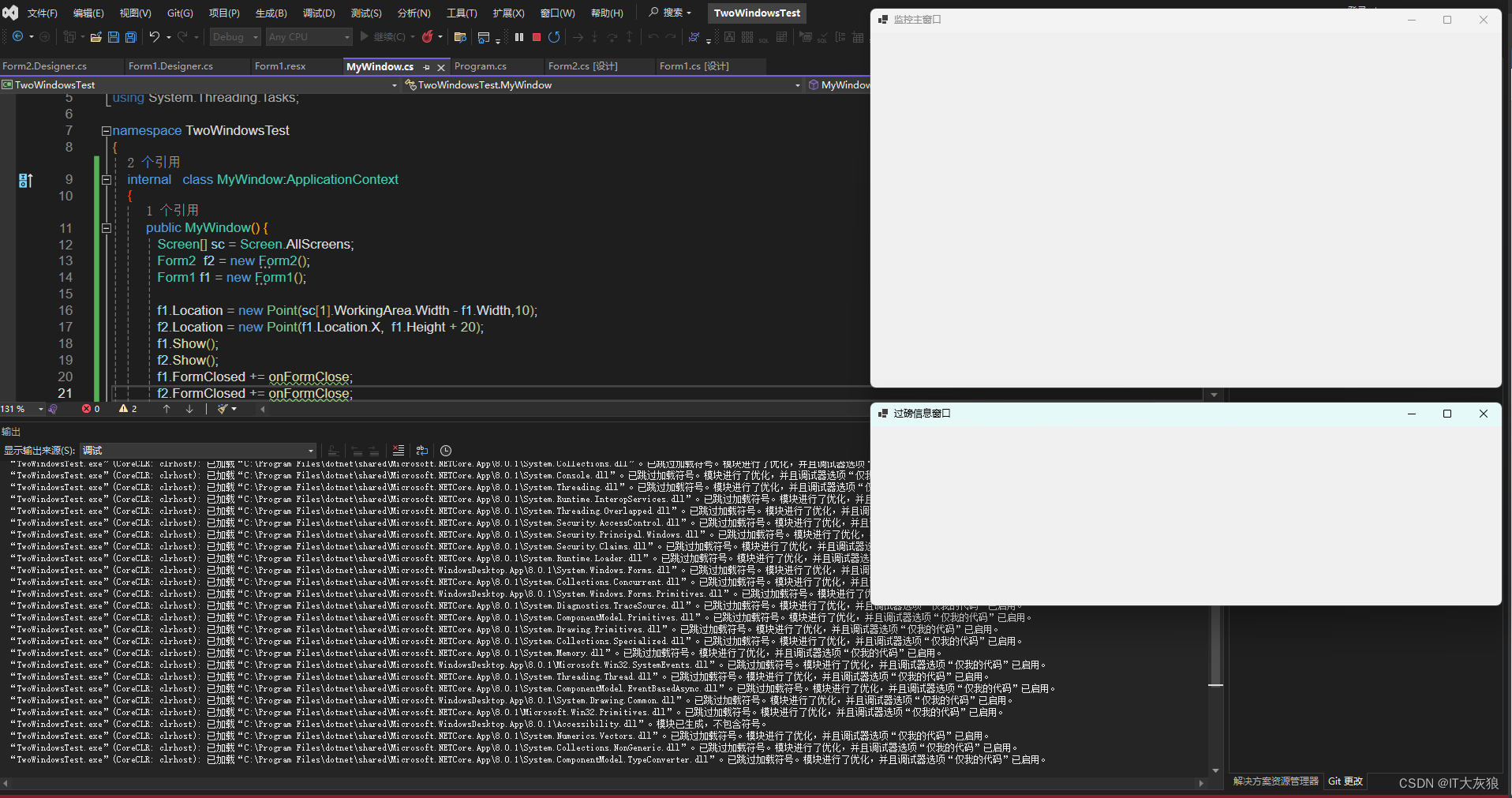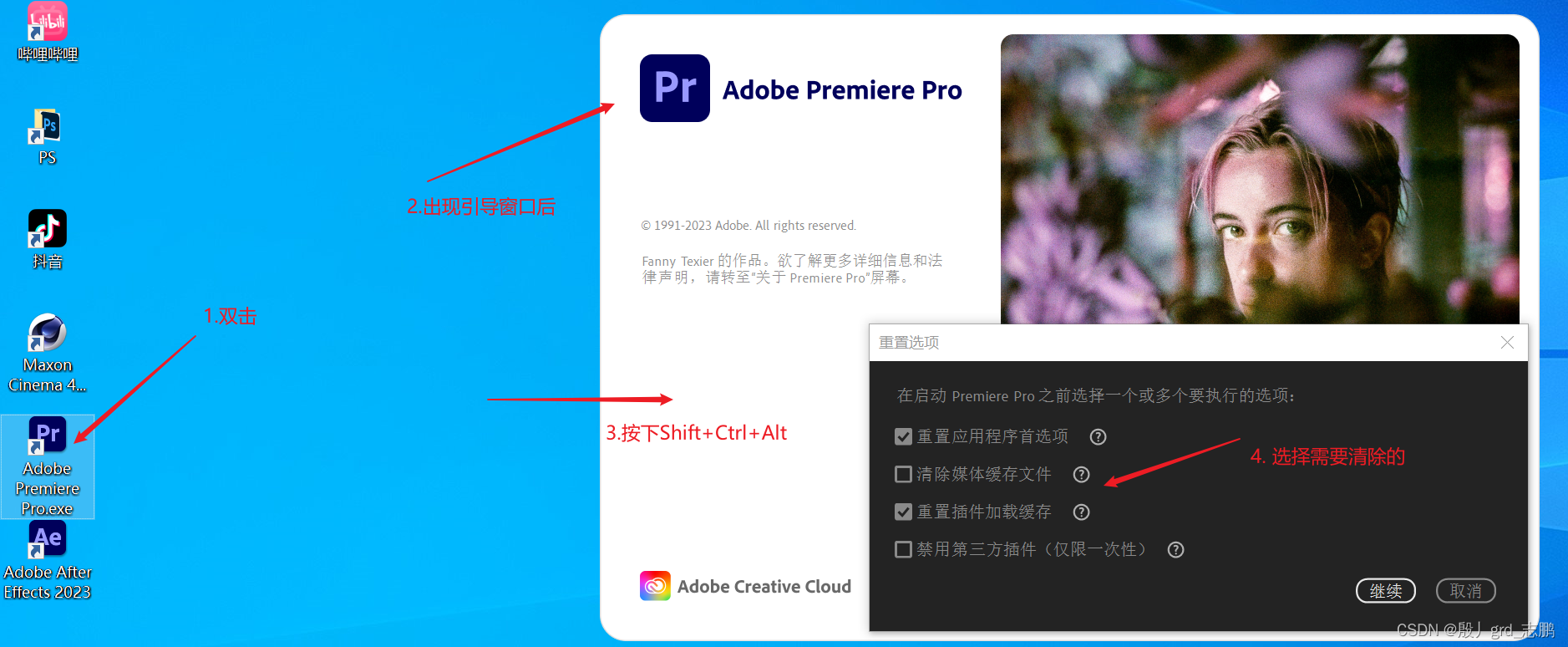
PostCSS is an essential tool in the toolkit of modern web developers. As a software development tool that uses JavaScript-based plugins to automate routine CSS operations, PostCSS is transforming the way developers write CSS by making it more efficient and powerful.
What is PostCSS?
PostCSS is a tool for transforming CSS with JavaScript plugins. These plugins can lint your CSS, support variables and mixins, transpile future CSS syntax, inline images, and more. PostCSS itself is broadly similar to a compiler in that it parses CSS into an abstract syntax tree (AST), passes it through a series of plugins, and then outputs the transformed CSS.
How Does PostCSS Work?
PostCSS runs on a Node.js environment and uses a plugin architecture. Each plugin performs a specific task on the CSS file, ranging from minifying CSS code to adding vendor prefixes automatically. The magic of PostCSS lies in its modular approach, where you can pick and choose which features to add to your project, ensuring that you only use what you need.
Key Features of PostCSS
-
Autoprefixing: Automatically adds vendor prefixes to CSS rules using values from Can I Use. This is handy for maintaining cross-browser compatibility without having to manually add vendor prefixes.
-
Future CSS Syntax: Allows you to use future CSS features today. Plugins like
postcss-preset-envlet you write modern CSS code that will be transpiled to be compatible with current browsers. -
CSS Fallbacks: Adds fallbacks for older browsers to gracefully degrade when they do not support certain modern features.
-
Optimization: Plugins such as
cssnanocan be used to compress and optimize your CSS, ensuring faster page load times. -
Linting and Analysis: Tools like
stylelintintegrate with PostCSS to provide linting, which helps in maintaining consistent code quality across your project.
Why Use PostCSS?
Using PostCSS can significantly enhance your development workflow. It not only automates and simplifies many tasks but also helps in writing cleaner, more maintainable CSS code. With PostCSS, developers can take advantage of the latest CSS features without waiting for widespread browser support. It also integrates easily with build tools like Webpack, Rollup, and Gulp, making it a versatile choice for many development environments.
Getting Started with PostCSS
To begin using PostCSS, you'll need Node.js installed on your system. From there, you can install PostCSS and its plugins using npm or yarn. A typical setup might look like this in your project’s package.json:
{
"devDependencies": {
"postcss": "^8.0.0",
"autoprefixer": "^9.0.0",
"postcss-preset-env": "^6.0.0"
}
}
This setup includes the PostCSS core, autoprefixer for handling CSS vendor prefixes, and postcss-preset-env for using future CSS today.
Conclusion
PostCSS stands at the forefront of CSS processing tools, offering a flexible plugin system that helps in building powerful and efficient stylesheets. Its ability to let developers use future CSS features today while ensuring that the code works across all browsers is a significant advantage. For anyone looking to streamline their CSS workflow, PostCSS offers a compelling set of tools to make that happen.
本文由 mdnice 多平台发布





















